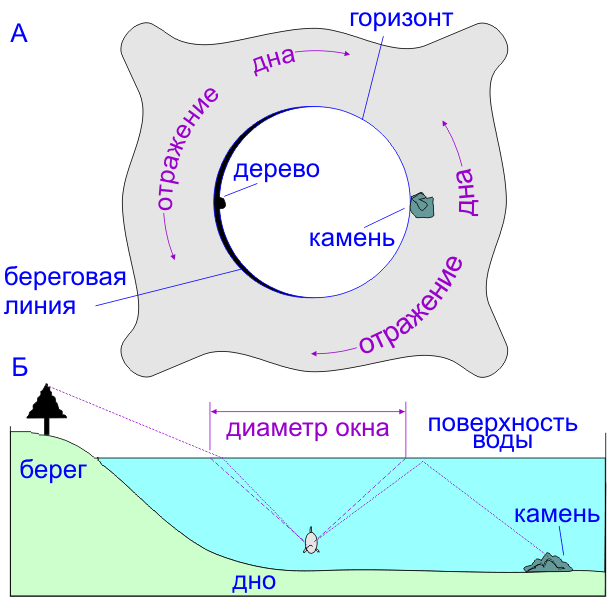Терапевтические подходы к лечению желудочковой аритмии: литература
Brockman DJ, Washabau RJ, Drobatz KJ: Canine gastric dilatation/volvulus syndrome in a veterinary critical care unit: 295 cases (1986-1992). J Am Vet Med Assoc 207:460,1995. A comprehensive retrospective review of risk factors, including cardiac arrhythmias.
Calvert С A, Pickus CW, Jacobs GJ: Efficacy and toxicity of tocainide for the treatment of ventricular tachycardias in Doberman pinschers with occult cardiomyopathy. J Vet Intern Med 10:235, 1996. Documents serious adverse side effects and limited pharmacologic efficacy without resolving the issue of long-term therapeutic efficacy.
Chakko CS, Gheorghiade M: Ventricular arrhythmias in severe heart failure: Incidence, significance, and effectiveness of antiarrhythmic therapy. Am Heart J 109:497, 1985. Documents failure to prevent sudden death by treating asymptomatic complex ventricular arrhythmias in congestive heart failure patients who had ischemic or idiopathic dilated cardiomyopathy.
Edit DS, Liebson PR, Mitchell LB, et al: Mortality and morbidity in patients receiving encainide, flecainide, or placebo (The Cardiac Arrhythmia Suppression Trial). N Engl J Med 324:781, 1991. Watershed study documenting the inherent risks of class 1С antiarrhythmic drug therapy and its failure to prevent sudden death in human survivors ofmyocardial infarctions.
Kennedy HL, Whitlock JA, Sprague MK, et al: Long-term follow-up of asymptomatic healthy subjects with frequent and complex ventricular ectopy. N Engl J Med 312:193,1985. Documents the benign nature of complex ventricular arrhythmias in people with otherwise normal hearts.
Knapp DW, Aronsohn MG, Harpster NK: Cardiac arrhythmias associated with mass lesions of the canine spleen. J Am Animal Hosp Assoc 29:122, 1993. Noncontrolled study failing to distinguish between the clinical course of ventricular arrhythmias treated with antiarrhythmic drugs and the natural course of similar arrhythmias in untreated dogs.
Macintire DK, Snider TG III: Cardiac arrhythmias associated with multiple trauma in dogs. J Am Vet Med Assoc 184:541, 1984. Case summaries of 10 dogs treated for ventricular arrhythmias in anticipation of complications, 8 of which survived and returned to normal sinus rhythm.
Marino DJ, Matthiesen DT, Fox PR, et al: Ventricular arrhythmias in dogs undergoing splenectomy: A prospective study. Vet Surg 23:101,1994. Detection of rapid (rate unspecified) ventriculartachycardia increased with splenic rupture and intensity of monitoring.
Moise NS, Meyers-Wallen V, Flahive WJ, et al: Inherited ventricular arrhythmias and sudden death in German shepherd dogs. J Am Coll Cardiol 24:233, 1994. Detailed evaluation of fatal ventricular tachycardias (illustrated) suspected of being induced by imbalance of the sympathetic nervous system.
Packer M: Lack of relation between ventricular arrhythmias and sudden death in patients with chronic heart failure. Circulation 85:(suppl I):50-56, 1992. Advances the thesis that antiarrhythmic drugs should not be added to the treatment of human heart failure patients with asymptomatic ventricular arrhythmias, no matter how frequent and complex the rhythm disturbance.
